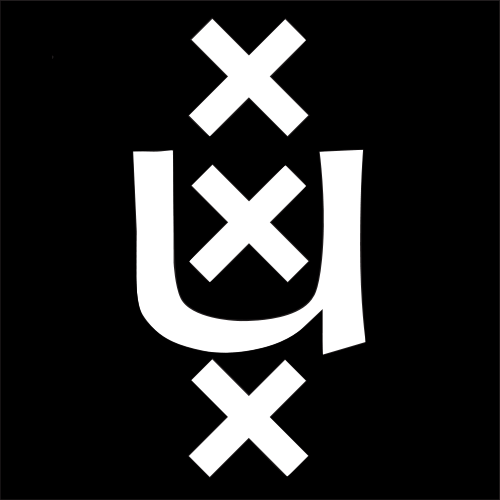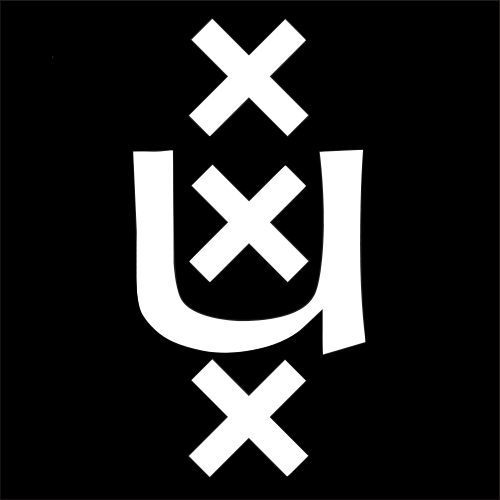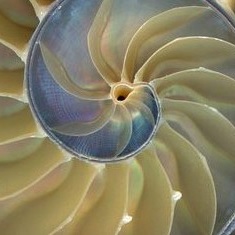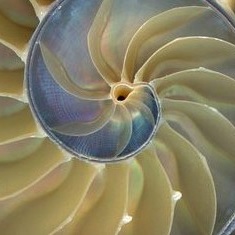



Open cursusmateriaal Calculus beschikbaar gesteld door KdVI, SMASH en TLC-FNWI
Auteurs: André Heck, Marthe Schut
Volledige toegang via UvAnetID

Open cursusmateriaal Enkele natuurwetenschappelijke onderwerpen beschikbaar gesteld door KdVI en SMASH.
Auteur: André Heck
Volledige toegang via UvAnetID


Open cursus Lineaire Algebra beschikbaar gesteld door KdVI, SMASH en TLC-FNWI
Auteurs: André Heck, Jolien Oomens, Marthe Schut
Volledige toegang via UvAnetID

Open cursusmateriaal Logica beschikbaar gesteld door KdVI en SMASH
Auteur: André Heck
Volledige toegang via UvAnetID

Open cursus Mathematics for AI berschikbaar gesteld door IvI and SMASH (only available in English)
Auteurs: Floor Eijkelboom, Tin Hadži Veljković, André Heck
Volledige toegang via UvAnetID

Open cursus Precalculus beschikbaar gesteld door KdVI, SMASH en TLC-FNWI.
Auteur: André Heck
Volledige toegang via UvAnetID

Open cursusmateriaal R handleiding voor beginners beschikbaar gesteld door KdVI en SMASH
Auteurs: André Heck, Zilva van Rossum, Karen Villari
Volledige toegang via UvAnetID

Open cursusmateriaal verzamelingenleer beschikbaar gesteld door KdVI en SMASH
Auteur: André Heck
Volledige toegang via UvAnetID



Open cursus Voortgezette calculus beschikbaar gesteld door KdVI, SMASH en TLC-FNWI.
Auteur: André Heck, Marthe Schut
Volledige toegang via UvAnetID

Open cursusmateriaal werken met R bij wiskunde beschikbaar gesteld door KdVI en SMASH
Auteur: André Heck
Volledige toegang via UvAnetID

